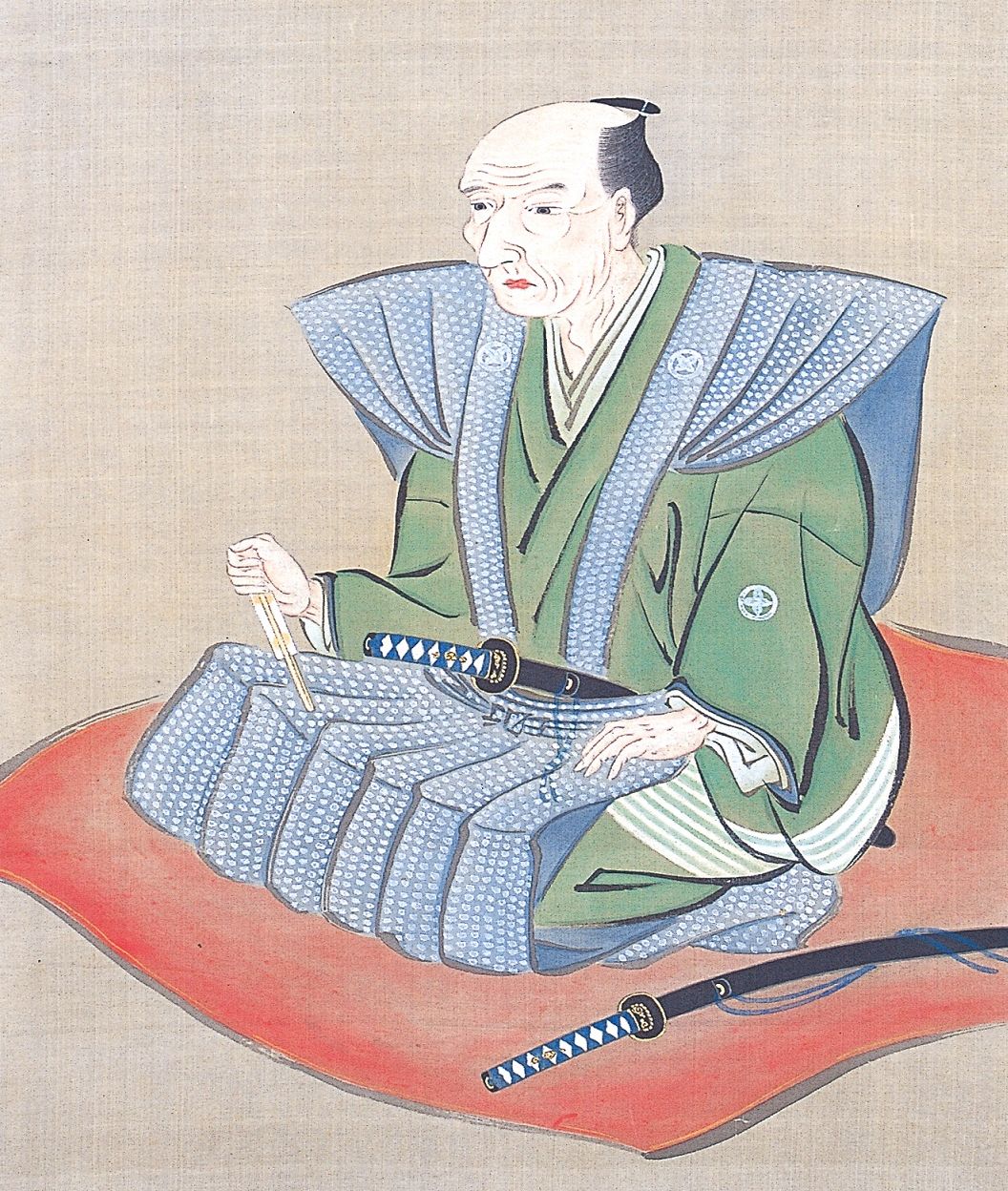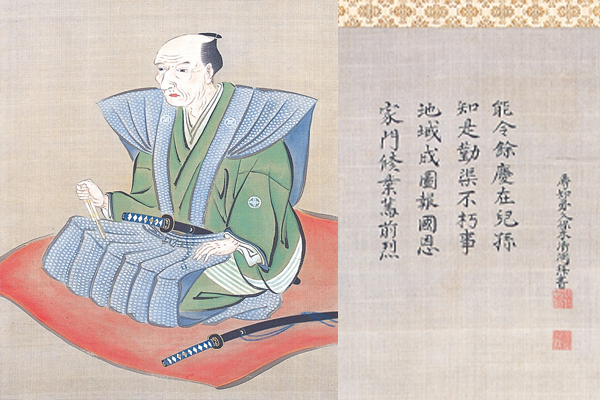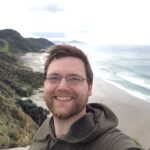

February 11, 1745 – May 17, 1818
伊能忠敬 Tadataka, Ino
The Pioneer Who Mapped Japan: Ino Tadataka’s 17-Year Walking Journey
Ino Tadataka was the first person to complete a map of Japan, and his map was so highly accurate that it was used for 100 years after its completion.
Embarking on this ambitious endeavor at the age of 56, he dedicated himself to the exhaustive survey of the entire country to create the map. In those days, life expectancy was around 50 years, thus Tadataka’s achievement can be seen as a remarkable feat accomplished in what could be considered his ‘second life’ after reaching old age.
However, Tadataka’s impact extended beyond making the map of Japan. His journey not only revived the family business, which had been struggling before his departure, but also positioned him as a local leader and caretaker of the community. Let’s delve into the extraordinary life of Ino Tadataka.
A Life Devoted to Family Prosperity and Village Stewardship
Born in 1745 in the town of Kujukuri, Chiba Prefecture. His childhood name was Sanjiro, and at the age of 17, he married the daughter of a merchant and became the tenth head of the Ino family, who were engaged in the brewing, financing, and transportation businesses. They served as the Nanushi for generations, and held a distinguished position in the Sawara area, presently known as Katori City, Chiba Prefecture.
Since Ino Tadataka was a merchant and not a samurai, he was also ranked as a merchant. When he became the son-in-law of the Ino family, the family had lost momentum, but thanks to Tadataka’s business acumen, prosperity was restored. He was so profitable that when there was a famine in the area where he lived, he invested his own money to distribute the goods to the villagers.
Interested in Astronomy
Due to the success of his business and the fact that his children had grown up, Tadataka became interested in astronomy and desired to retire to pursue this new passion. Despite holding a leadership position in the village, Tadataka faced opposition from village officials regarding his retirement. Nevertheless, his determination prevailed, and he began to study at home, ordering books on astronomy from Edo and Kyoto, which were the main cities at that time. He devoted himself to astronomical observation, eventually retiring and heading to Edo to further his studies.
In Edo, he became a student of Yoshitoki Takahashi, a scholar affiliated with the Shogunate’s astronomical office. Yoshitoki specialized in astronomy and calendar studies and was the astronomer responsible for completing the Kansei calendar. At the age of 50, Tadataka, a successful businessman and high-ranking social figure, found himself learning from Yoshitoki, who was only 31, a difference of 19 years. One can imagine that it wasn’t easy for Tadataka, given his pride and social standing, to be mentored by someone significantly younger. However, his passion for learning overcame these challenges.
Tadataka seamlessly integrated his astronomical studies into his surveying methods, placing a strong emphasis on astronomical observations.

Completing the Map of Japan
Upon Yoshitoki’s recommendation to the Shogunate, stressing the importance of a proper map of Japan for national defense, Tadataka was appointed to lead the project.
At first, the Shogunate officials underestimated Tadataka as an old man, but his skills were later acknowledged when the accuracy of his map was re-evaluated. Subsequently, he embarked on over 10 surveying expeditions, meticulously covering the Tohoku, Kanto, Kinki, Chugoku, Shikoku, and Kyushu regions. Over a span of 17 years, Tadataka walked an impressive distance of approximately 40,000 kilometers (24,854.848 miles) – a distance equivalent to one week’s travel in Japan.
Moreover, he was concerned that the survey of western Japan he had made in the beginning was inferior to the survey of eastern Japan he had made most recently, and he planned to make the trip again. However, he was opposed by the Shogunate to give priority to map making. Even without the re-measurement, the maps created by Ino Tadataka were of a threatening accuracy for the time and were used in Japan for 100 years after their creation.
Tadataka’s Surveying Methods
Tadataka employed two primary surveying methods: the line method and the crossing method. To enhance precision, he combined these techniques with astronomical observations, conducting repetitive surveys to ensure accuracy.
The conductor method is a surveying method that proceeds by measuring distance and perimeter. Since there is a margin of error in the conductor method, the crossover method was also combined to correct the error in the conductor method.
The crosshairs method played a crucial role in error correction by standing on top of a mountain where one can see far into the distance and measuring the target’s perimeter. In addition, it is said that at night, if the sky was clear, they always made astronomical observations. He would check to see if the survey results were correct by determining the current position of the stars, such as the North Star. Tadataka completed his highly accurate map of Japan by repeating this process.
While the surveying methods themselves were not particularly unique, Tadataka executed them with exceptional precision and care.
Incidentally, Tadataka used his step count to measure distances. He measured his own stride, trained himself to walk with the same stride each time, and calculated the distance of a given section from the number of steps he took. It is said that Tadataka’s stride for one step was 69 cm (2.3 feet).
Learning From Ino Tadataka
Ino Tadataka’s life teaches us that age is not a barrier when it comes to embracing new challenges. He retired at 49 and moved to Edo at 50, essentially entering a new phase of life. Retirement means retiring from a line of work, so in today’s terms, it is like entering college after retirement.
Tadataka started his learning journey at the age of 50, which, in the context of his time, would be considered elderly. And five years later, at the age of 55, he embarked on actual surveying in Ezochi. His creation of the map of Japan was a remarkable achievement, made possible by his learning ability and healthy body. However, it is his attitude that holds a universal lesson for everyone.
Many people tend to avoid taking on new challenges for various reasons, often citing reasons like “I am not young anymore” or “I feel embarrassed learning alongside younger people.”
For those who want to learn more about Ino Tadataka and his history, the Ino Tadataka Memorial Museum is the place to go. Located in Sawara, Katori City, Chiba Prefecture, where Ino Tadataka was born and raised, the museum exhibits the first half of his life and his surveying days, providing visitors with a detailed account of Tadataka’s achievements. The former residence of Ino Tadataka is also preserved on the premises and can be visited free of charge.
.
.
.




